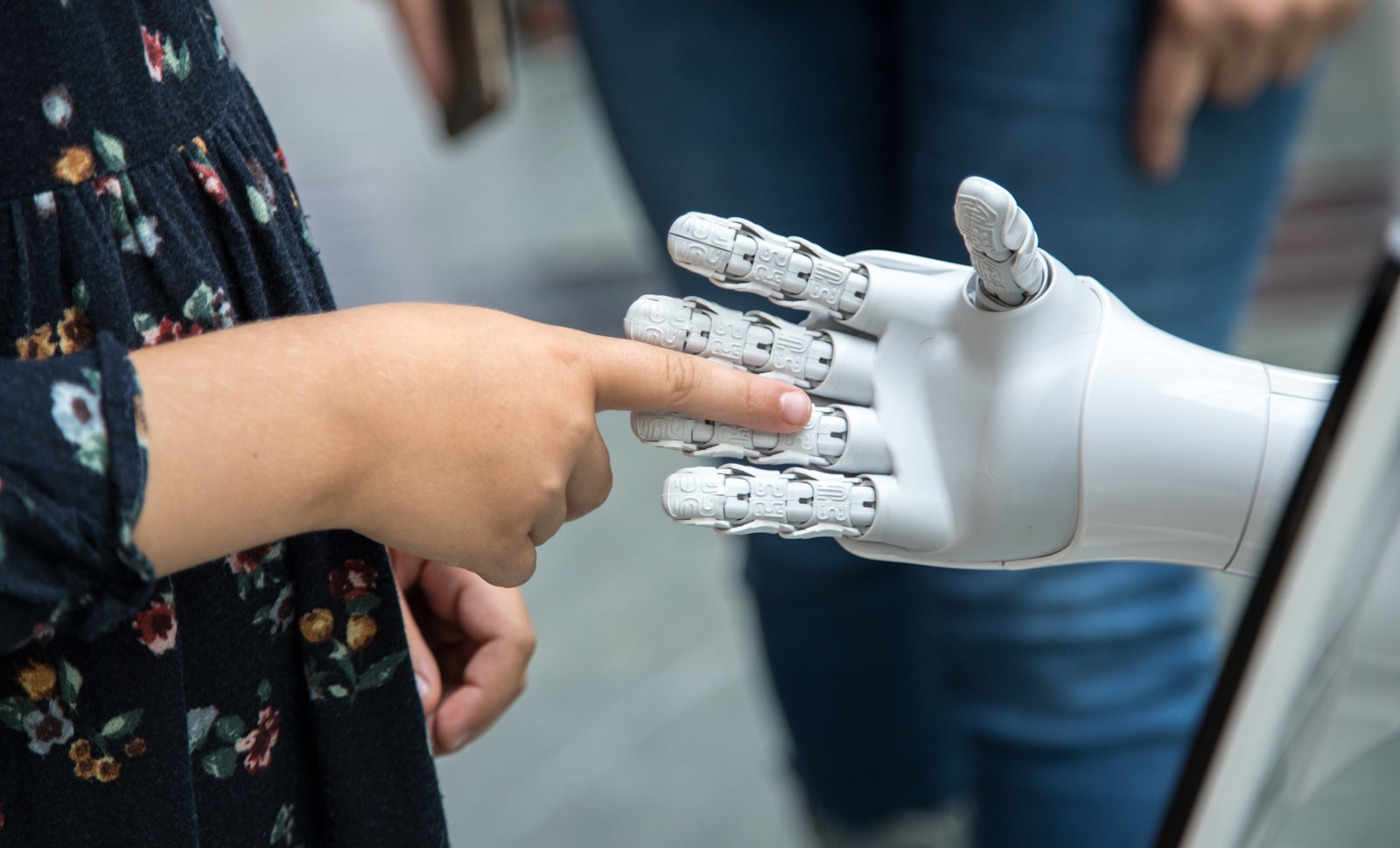Key Takeaways
- More than 80 percent of students use AI in their coursework
- Most students rely on AI to explain concepts and improve understanding
- About 42 percent use AI to automate simple tasks like drafting emails
- Blanket bans on AI risk harming students who use it as a tutor
- Schools should teach students how to use AI responsibly rather than ban it
Introduction
Artificial intelligence tools have spread into college life faster than almost any technology before. In barely two years after public release, most students adopted these tools for their studies. Yet many schools still fear that AI only encourages cheating. New survey data from one liberal arts college shows that students mainly use AI to boost their learning. As a result, university policies need to shift focus from banning AI to guiding its proper use.
Survey Details and Adoption Rates
Between December and February researchers surveyed over 600 students at a small liberal arts college. This represented more than one fifth of the entire student body. The survey aimed to uncover not just whether students use AI but how they use it in their coursework. Results revealed that over eighty percent of students turned to AI tools for at least one academic purpose. This rate far outpaces the roughly forty percent of adults nationwide who have tried similar tools. In fact this may be one of the fastest adoption rates on record for any new technology.
How Students Use AI in Their Studies
The survey asked about ten different academic uses of AI. These ranged from explaining difficult concepts and summarizing reading materials, to proofreading, writing code, and even drafting essays. Across all options the most common use was seeking explanations for complex topics. Students described AI as an on demand tutor they could consult late at night or when professors office hours were not available.
Researchers divided AI uses into two main categories. The first category called augmentation covers activities that enhance student learning. The second category called automation covers tasks that the AI performs with minimal student involvement. Around sixty one percent of AI users reported using it for augmentation. Meanwhile forty two percent reported using AI for automation. When automating tasks students chose them carefully. They said they relied on AI for formatting bibliographies, drafting routine emails, or during busy exam weeks. Most students still preferred to write essays and complete major projects on their own.
Confirming Self Reported Data with Actual Usage
One concern with survey based research is that students may underreport inappropriate uses of AI and overreport legitimate ones. To address this worry researchers compared the survey results to actual usage data from a major AI chatbot. This data came from student email addresses at several universities. It showed that technical explanations formed a large share of all AI requests. It also showed that practice question design, essay editing, and material summarization accounted for many interactions. These patterns matched the survey responses closely. In other words the self reported data held up against real usage logs.
Global Trends Beyond One Campus
Although the initial survey covered only one college, other research supports its findings. Studies of over one hundred thirty universities in more than fifty countries show similar patterns. Globally students who use AI tend to use it more for learning support than for replacing their own work. In all these settings AI has become a study aid rather than a substitute for effort. This common trend points to the need for policy makers to understand actual student behavior before shaping rules.
Why This Matters for Education
Many news stories paint AI in education as mostly a tool for cheating. Such alarmist coverage can harm honest students by making them feel naive for following rules. It can also mislead university leaders into adopting extreme measures that may not match reality. In fact treating all AI use as dishonest may create unfair advantages for students willing to break rules. At the same time it may limit support for students who need extra help. Recognizing that most students use AI to learn rather than cheat changes the conversation. It shifts the focus to helping students use AI well instead of simply banning it.
Policy Recommendations for Colleges
The data suggests that blanket bans on AI carry risks. A total ban could harm students who rely on AI for tutoring functions. At the same time unrestricted use may allow students to automate important assignments. Therefore colleges should avoid one size fits all rules. Instead they should teach students to distinguish beneficial from harmful AI practices. For example schools can offer workshops that show how to use AI for concept review and idea generation. They can also explain why direct automation of key assignments may undermine learning. By providing clear guidelines and examples institutions can foster responsible AI use. This approach empowers students while preserving academic integrity.
Gaps in Current Research and Next Steps
Despite the rapid spread of AI in education, much remains unknown about its impact on learning outcomes. No large scale studies have yet tested how different types of AI use affect student grades or knowledge retention. We also lack data on whether certain groups of students benefit more from AI while others may struggle. Until researchers fill these gaps institutions will need to rely on best judgment and emerging evidence. Meanwhile developers of AI tools should partner with educators to study how their products affect learning in real classrooms. Combined efforts can help identify strategies that maximize the benefits of AI while reducing its risks.
Conclusion
Students worldwide have embraced AI as a powerful study aid. New survey and usage data make it clear that most students use AI to boost their understanding rather than to cheat. As a result higher education policies should move beyond blanket bans. Instead schools need balanced guidelines that teach responsible AI use. By focusing on how AI tools support learning, educators can help students harness this technology for success.



